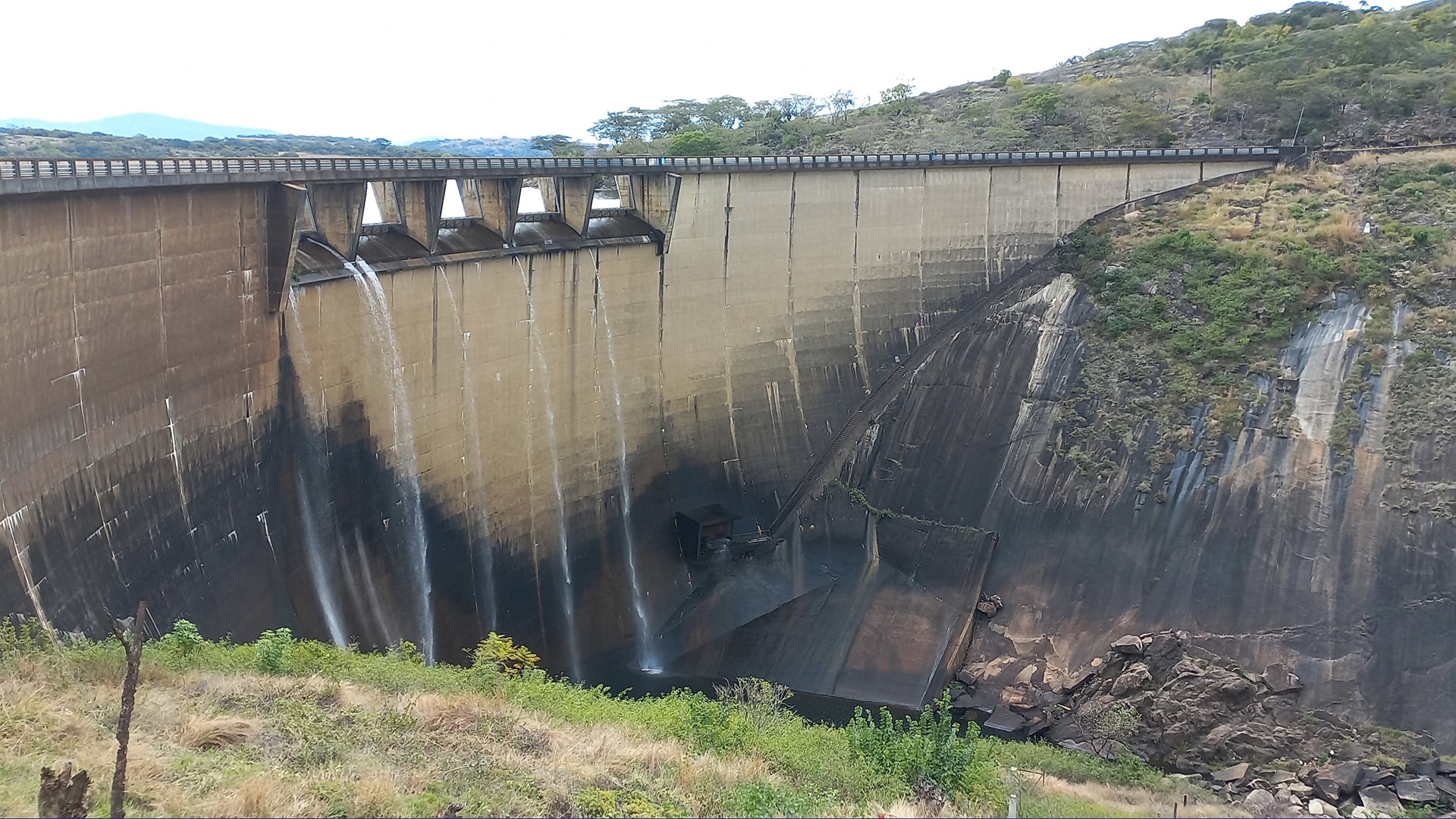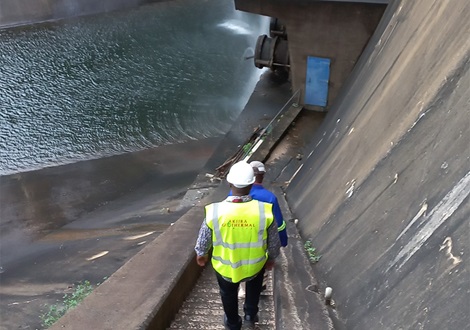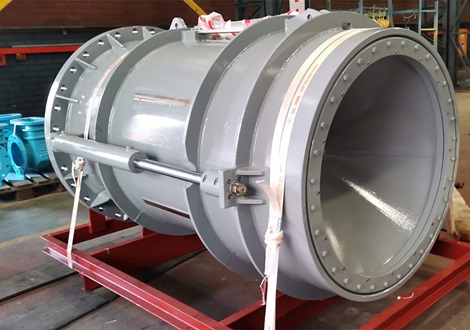
Fixed cone valves from Glenfield Invicta have been delivered to a new hydroelectric power station in Zimbabwe.
The energy dissipating valves at a dam bottom outlet needed replacement. The existing valves installed in the 1950’s were not of standard dimensions and were welded directly onto the pipeline as opposed to i.e. flanged valves.
Turning natural water flow into reliable power generation
The project introduces a 5MW run-of-the-river hydropower station to an existing river dam, previously dedicated to drinking water and irrigation and with no previous hydropower production. This utilizes the natural water flow to generate power and will contribute to address the challenges with power shortage in Zimbabwe.
AVK was asked to develop a design that would deliver long-term value and operational efficiency. To ensure an optimal solution, experts from AVK Valves Southern Africa visited the site in Zimbabwe to familiarise themselves with the existing installation. An agreement was made to manufacture and deliver two DN1100 fixed cone sleeve valves for the new hydropower station.


Precision in flow control and energy dissipation with fixed cone valves
Fixed cone valves provide energy dissipation and flow control at a pipeline outlet and is designed to operate under high flow rates and velocities. It is primarily used in dam outlet installations where it may be necessary to bypass a turbine, provide compensation flow to a river, manage rapid drawdowns, stabilise the dam water level and support desilting by removal of fine sediment from the water.
The valve achieves energy dissipation by discharging a thin conical curtain of water into the atmosphere. Most of the energy is absorbed as droplets descend into the stilling pond. When the water flow enters the valve, it is split by the internal guide blades and directed through the fixed conical outlet. By retracting the horisontal stainless steel sleeve, the valve discharges a high-velocity, controlled jet. As the energy dissipation takes place in the atmosphere, there is no risk of cavitation, and the cylindrical sleeve maintains hydraulic balance throughout operation to minimise operational force.